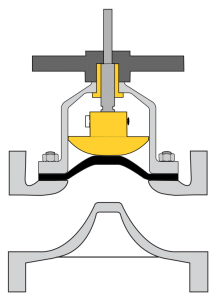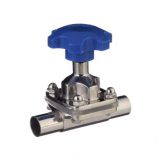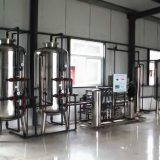There are two main categories of diaphragm valves: one that seals a “spillway” and the other that seals a seat. The spill or saddle type is most common in process applications and the seat type is more commonly used in sludge applications to reduce blockage problems, but also exists as a process valve. While diaphragm valves usually come in the form of two ports, they can also come with three or more ports. When more than three ports are included, they usually require more than one diaphragm seat; however, special dual actuators can handle more ports with a membrane.
With the advent of a variety of advanced plastics and elastomeric materials that could be used in the internal construction of this valve, its sales growth has been remarkable; However, it soon became clear that a reliable actuator to automate it effectively was urgently needed.

Diaphragm valves can be controlled by various types of actuators, e.g. manual, pneumatic, hydraulic, electric, etc. The most common diaphragm valves use pneumatic actuators; In this type of valve, the air pressure is applied through a pilot valve in the actuator which in turn raises the diaphragm and opens the valve. This type of valve is one of the most common valves used in operations where the speed of the valve is a necessity. Hydraulic sanitary diaphragm valves also exist for higher pressure and lower speed operations. Many diaphragm valves are also manually controlled.


